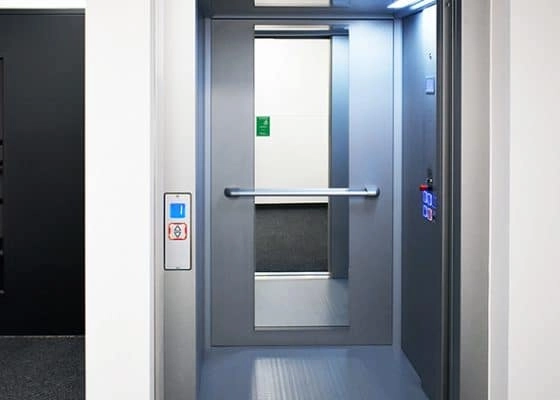Evolution of Passenger lifts, an indispensable part of our modern lives, has come a long way from its humble beginnings. Over the years, advancements in technology, safety standards, and design have transformed passenger lifts into the efficient and safe vertical transportation systems we rely on today. In this article, we will explore the fascinating journey of passenger lifts from their inception to the present day, highlighting key milestones and innovations. We will also touch upon lift service and reports and the role of passenger lift manufacturers in shaping this evolution.
The Early Days: A Vertical Ascent
The concept of lifting people vertically dates back to ancient civilizations. However, the first passenger lift as we know it today was invented in the early 19th century. In 1823, architects Burton and Hormer designed the “ascending room,” a primitive passenger lift powered by steam. This marked the inception of vertical transportation for people.
The Otis Elevator Revolution: Safety Takes Center Stage
In 1853, Elisha Otis revolutionized the industry by introducing the safety elevator. His invention featured a fail-safe mechanism that prevented the lift from falling in case of a cable failure. This innovation was a game-changer, instilling confidence in passengers and opening doors for taller buildings.
The Electric Era: A New Power Source
The late 19th century saw the shift from steam to electric power for passenger lifts. This transition not only made lifts more efficient but also led to the development of multiple elevators in a single shaft, allowing for quicker service and reduced wait times.
Skyscrapers and High-Rise Buildings: A Vertical Challenge
The advent of skyscrapers in the early 20th century posed new challenges for lift manufacturers. Faster and more reliable lifts were needed to serve these towering structures. Innovations like automatic leveling and multiple-bank controls were introduced to address these demands.
Modern Safety Standards: Elevating Confidence
The mid-20th century brought about stricter safety regulations and standards. Elevator manufacturers were required to adhere to rigorous safety codes, including regular lift service and reporting to ensure passenger safety. These standards continue to evolve and are a cornerstone of the lift industry today.
Smart Technology: The Digital Revolution
In recent decades, passenger lifts have witnessed a digital transformation. Smart technology, such as destination control systems, predictive maintenance, and energy-efficient features, has become the norm. These advancements improve efficiency, reduce energy consumption, and enhance the overall passenger experience.
The Role of Passenger Lift Manufacturers
Throughout this journey, passenger lift manufacturers have played a crucial role. They have not only been responsible for producing cutting-edge lift systems but also for maintaining and servicing them. Lift service and reports are integral aspects of ensuring passenger safety and lift reliability. Manufacturers work closely with building owners and managers to conduct regular inspections, maintenance, and provide detailed reports on the lift’s condition.
Conclusion:
The evolution of passenger lifts is a testament to human innovation and the drive to make vertical transportation safer, more efficient, and accessible. From steam-powered contraptions to smart, energy-efficient systems, passenger lifts have come a long way. Today, they are an integral part of modern buildings, enhancing our convenience and mobility. As we look to the future, passenger lift manufacturers will continue to play a pivotal role in shaping the next chapter of this remarkable journey, ensuring that these vertical marvels continue to ascend to new heights.
Regenerate

